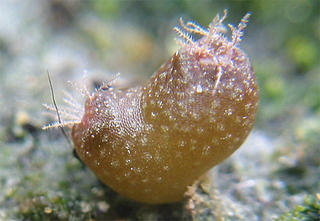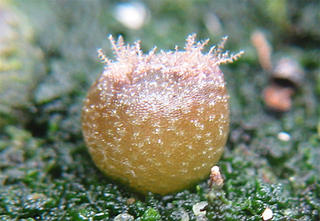Late last year I ordered my first seed ever from Köhres-Kakteen (coinciding with ordering my first ever Lophophora alberto-vojtechii seeds ;-)

Dichotomous peyote seedling (var. Big Bend, Texas)
After this winter’s freezing disaster I’m glad I decided to order seeds of the northernmost form of peyote as this “strain” (a.k.a. Lophophora williamsii var. echinata) is known to be more frost tolerant than other varieties of peyote. For growing in my coldhouse I ordered Lophophora williamsii v Big Bend, Texas and Lophophora williamsii v Camargo, Chihuahua seeds from Köhres’s list – I’m not entirely sure if the Camargo variety classifies as echinata but it originates from the western extremity of peyote’s range, pretty far to the north, so I expect it to be able to “rough it out” in my unheated greenhouse.

Dichotomous peyote seedling (var. Big Bend, Texas), close-up
One of the “Big Bend” peyote seedlings turned out as dichotomous (branching, two-headed). The first time I experienced a dichotomous seedling I was really excited and expected it to continue branching and develop into a crest. Today I know that in a few years I will probably not be able to distinguish it from the other seedlings in the (by then) crowded seedling pot ;-)

Peyote seedling (var. Camargo, Chihuahua) with spent seed husk
The small, feathery spines are typical for Lophophora williamsii seedlings – according to Boke and Anderson seedling tubercles bear three to six plumose spines, numbers that correspond well with what I observe in my seedlings (the odd areole having seven spines). With age these spines are gone, replaced by tufts of trichomes.
The plants pictured above were started from seed April 5, 2010 and the pictures were taken June 14, 2010 – exactly 10 weeks later (approximately two months after most of the seed had germinated).
Malpighia 1927 v.30 (added: 11/24/2025)
-
*By:*
Borzi, Antonino,1852-1921.
Penzig, O.1856-1929.
Pirotta, Romualdo,1853-1936.
*Publication Info:*
Messina : g. Capra & co., 1887-89 ; Genova : Tip. di A...
5 weeks ago




















